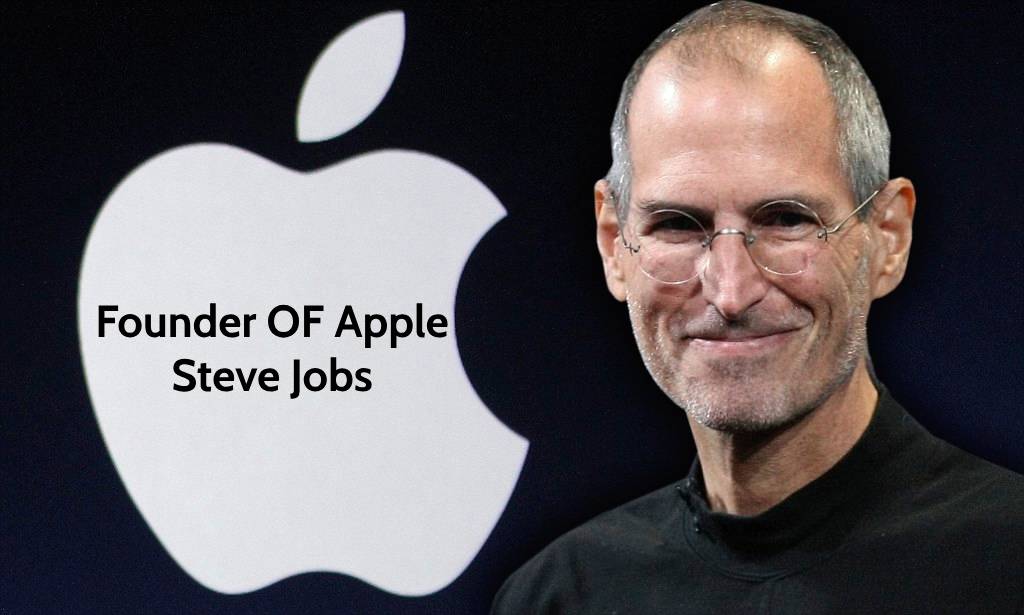Apple Inc. was founded in 1976 in Cupertino, California, by Steve Jobs, Steve Wozniak, and Ronald Wayne. The company began in the garage of Steve Jobs’ parents’ house, a place that has since become a legendary symbol of humble beginnings leading to monumental success.
Steve Jobs
Steve Jobs was the driving force behind Apple’s vision and marketing. He was known for his ability to foresee the future of technology and consumer electronics, believing that computers could be more than just tools for hobbyists—they could be user-friendly devices for the masses. Jobs was the face of Apple, delivering iconic product launches with his trademark presentations. His leadership was instrumental in the creation of products like the Macintosh, iPod, iPhone, and iPad, which revolutionized multiple industries.
Jobs’ journey with Apple wasn’t without its challenges. In 1985, following a power struggle within the company, Jobs was forced out. He went on to found NeXT, another computer company, and later acquired Pixar, transforming it into a leading animation studio. Jobs returned to Apple in 1997 when the company acquired NeXT, and he was pivotal in bringing Apple back from the brink of bankruptcy, steering it towards becoming one of the most valuable companies in the world.
Steve Wozniak
Steve Wozniak, often referred to as “Woz,” was the engineering mind behind Apple’s early success. Wozniak was a talented computer engineer who designed the Apple I and Apple II computers. The Apple II, in particular, was a major success, becoming one of the first highly popular personal computers and establishing Apple as a key player in the tech industry. Wozniak’s approach to design was focused on simplicity and efficiency, making computers accessible to a broader audience. Despite his pivotal role, Wozniak was less interested in the business side of Apple and eventually left day-to-day operations to pursue other interests, though he has remained an advocate for technology and education.
Ronald Wayne
Ronald Wayne was the lesser-known co-founder of Apple, often overshadowed by Jobs and Wozniak. Wayne was older and more experienced in business than Jobs and Wozniak and initially joined Apple to provide administrative oversight and help with documentation. He drew the first Apple logo and wrote the manual for the Apple I. However, fearing financial risk, Wayne sold his 10% stake in the company just 12 days after its founding for $800. His decision turned out to be costly, as his stake would have been worth billions today. Despite this, Wayne has said he has no regrets and is content with his decision.
Apple’s Legacy
Under the leadership of Jobs, Wozniak, and eventually Tim Cook, Apple grew from a small startup into a global powerhouse. The company’s innovative products, sleek designs, and effective marketing campaigns have set industry standards and created a loyal customer base. Apple’s influence extends beyond technology; it has had a profound impact on media, entertainment, education, and design, shaping how people interact with technology in their daily lives.
Apple’s story is often cited as a quintessential example of innovation, risk-taking, and visionary leadership in the tech industry. The company’s continued success is a testament to the foundational work done by its three founders, particularly the enduring legacy of Steve Jobs.



